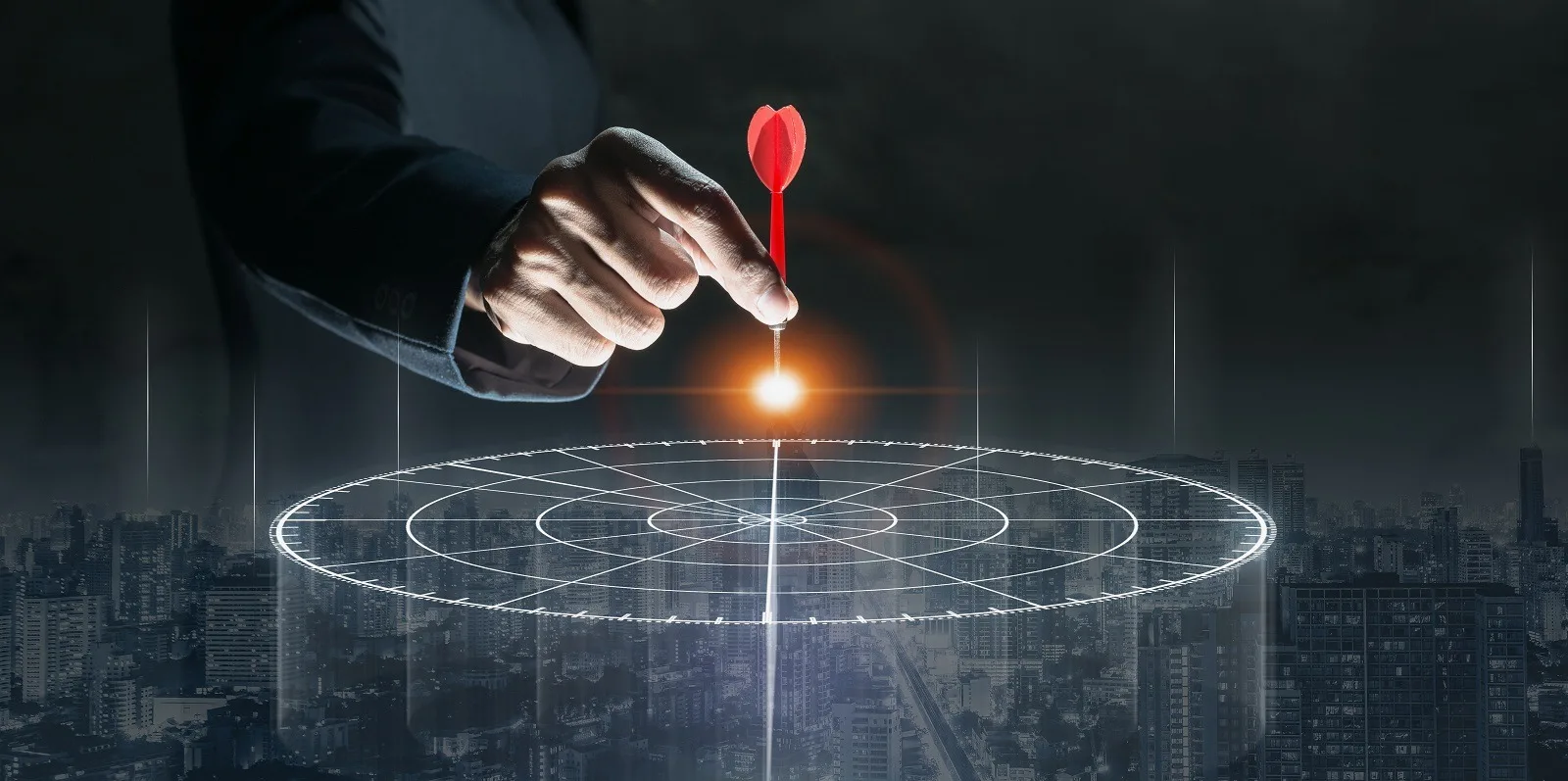In today’s competitive landscape, building a loyal customer base is essential for business growth. Loyalty programs have emerged as powerful tools, not only to retain customers but also to achieve broader business objectives. Let’s dive into how leading brands have leveraged loyalty programs to deliver remarkable results across customer acquisition and activation.
Customer Acquisition
Acquiring new customers has become increasingly costly due to rising marketing expenses and competition. Loyalty programs offer a cost-effective alternative by incentivizing referrals and leveraging satisfied customers to bring in new ones.
A standout example is Airbnb, whose referral program has redefined customer acquisition. Airbnb offers $25 off the first booking for referred customers. This simple yet effective strategy led to a 25% increase in new bookings in selected markets, proving the value of incentivized referrals.
Statistics further support this approach:
- Referred customers are 18% more likely to remain loyal, according to Wharton’s School of Business.
- Nielsen research reveals that 92% of customers trust recommendations from people they know, making referrals a trusted channel for attracting new customers.
Loyalty programs focused on sign-up bonuses or rewards for referrals effectively bring fresh faces into a brand’s ecosystem, setting the stage for long-term relationships.
Customer Activation
Activation is about turning passive loyalty program members into active participants. A leading example of this strategy in action is Starbucks.
With its rewards app, Starbucks engages customers by offering points for purchases and exclusive promotions. Push notifications featuring special offers ensure that members are continuously reminded to engage. As a result, Starbucks has created an ecosystem where customers are actively participating, increasing frequency and loyalty.
Key tactics for customer activation include:
- Welcoming new members with sign-up bonuses or personalized greetings, encouraging their first interaction.
- Gamification to make loyalty programs interactive through challenges, quizzes, and progressive rewards.
- Personalized offers using customer data to tailor incentives to individual preferences.
- Urgency-driven promotions like flash sales or limited-time rewards to spur immediate action.
- Multi-channel accessibility to ensure customers can engage seamlessly via mobile apps, online platforms, or physical stores.
By focusing on these elements, brands like Starbucks keep customers engaged while enhancing their overall experience.
Increasing Transaction Value Through Loyalty Programs
Loyalty programs are a proven strategy to encourage customers to spend more with each purchase. By incorporating tiered rewards and exclusive promotions, brands can drive higher-value transactions, fostering a deeper emotional connection with their customers. Let’s explore how Best Buy exemplifies this approach and the strategies that can lead to success.
Best Buy: A Case Study in Higher Transaction Value
Best Buy, a global leader in consumer electronics retail, leverages its loyalty initiative, “My Best Buy,” to elevate customer engagement and transaction value. Through a well-structured program, Best Buy has achieved remarkable results, including:
- 12-18% more revenue from loyalty members compared to non-members.
- Loyalty members spending an average of $300-$390 more annually than non-members.
- An impressive $90 million in incremental revenue per year, driven by 1 million loyalty members.
One key strategy used by Best Buy is encouraging customers to make additional purchases to move closer to earning a reward or achieving a higher tier. This not only incentivizes larger transactions but also reinforces a sense of accomplishment and satisfaction among participants.
Strategies for Increasing Transaction Value
Loyalty programs can be designed to motivate customers toward higher spending by employing the following tactics:
- Tiered Rewards:
- Offer progressively attractive rewards as customers spend more.
- Encourage larger purchases by unlocking exclusive perks at higher tiers.
- Example: Customers earning more points for transactions above a certain threshold.
- Emotional Connections:
- Build a positive emotional bond with customers.
- Statistics show that members spend 27% more when they feel a strong connection to the brand.
- Exclusive Promotions:
- Provide limited-time offers or bundle deals that incentivize higher spending.
- Example: “Spend $200 or more to receive a bonus gift.”
- Gamification Elements:
- Use gamified challenges where customers earn additional rewards for completing specific goals, such as spending milestones.
- Example: “Spend $500 this month to unlock a premium reward.”
- Personalized Offers:
- Utilize customer data to tailor promotions that align with individual preferences, increasing the likelihood of higher-value purchases.
The Impact on Business Goals
A well-executed loyalty program not only increases transaction value but also:
- Enhances customer lifetime value by encouraging repeat purchases.
- Strengthens customer retention, ensuring a steady stream of revenue.
- Builds a loyal community of engaged customers who advocate for the brand.
With loyalty programs like “My Best Buy,” brands can elevate their transaction values while fostering long-term relationships with their customers. By offering tangible rewards and creating emotional connections, businesses unlock the potential to achieve sustained growth and profitability.
Improved Customer Segmentation
Customer segmentation is a strategic approach to understanding and catering to the diverse needs of a business’s client base. By grouping customers based on shared characteristics such as behavior, preferences, or purchasing patterns, businesses can deliver more targeted and effective marketing efforts. A well-executed loyalty program plays a pivotal role in enhancing segmentation by providing data-driven insights and fostering deeper customer relationships.
The Swarovski Example: Segmenting for Success
Swarovski, a global leader in luxury crystal products, has mastered customer segmentation through its loyalty initiatives, including the Swarovski Club and the Swarovski Crystal Society. These programs are designed to:
- Categorize Customers into Tiers:
- By segmenting customers into distinct tiers based on their spending and engagement levels, Swarovski offers tier-specific rewards and exclusive perks.
- Example: Higher-tier members receive invitations to VIP events or early access to new collections.
- Track Customer Progress:
- Swarovski monitors customers’ journeys as they move within tiers, providing valuable insights into behavior patterns and preferences.
- These insights enable the company to identify which marketing efforts are successful and which areas need improvement.
- Deliver Personalized Experiences:
- Tailored offers, rewards, and communication ensure that customers in different segments feel valued and understood, enhancing brand loyalty.




